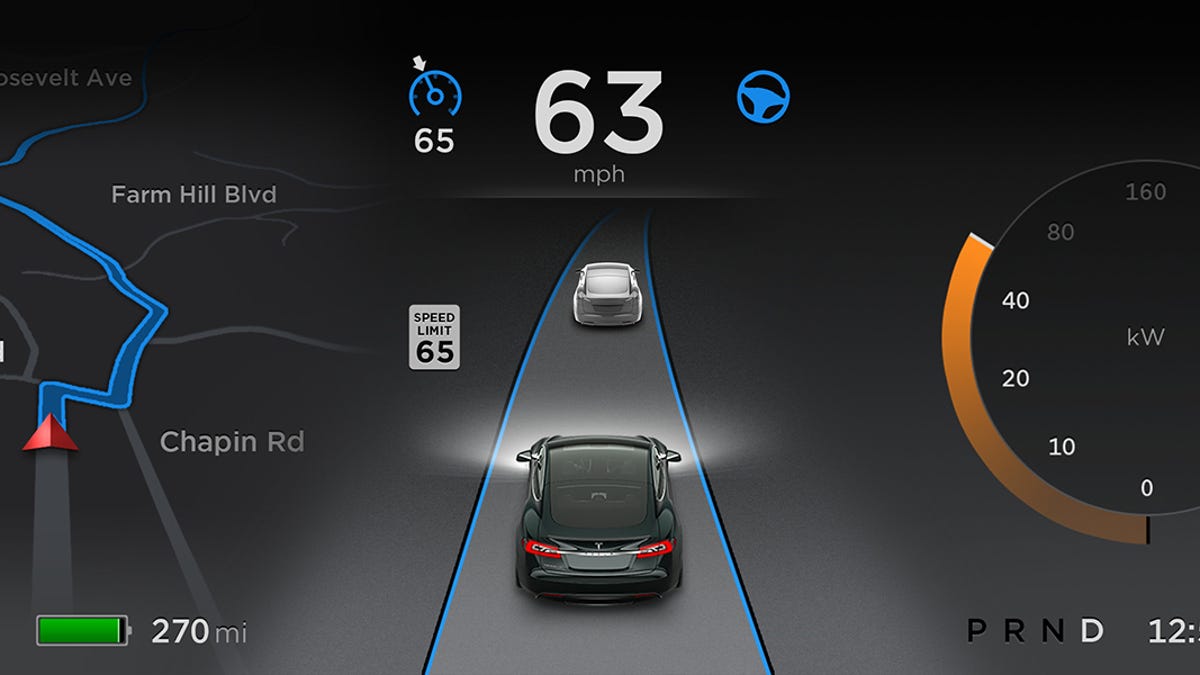Autonomous vehicles are no longer the stuff of science fiction. Thanks to advancements in artificial intelligence (AI), these self-driving cars are fast becoming a reality. But what exactly makes these vehicles “smart”? It’s the sophisticated AI systems embedded within them that handle everything from navigation to obstacle avoidance. This article dives into the pivotal role of AI in transforming transportation as we know it.
The Evolution of Autonomous Vehicles
The journey of autonomous vehicles began decades ago. Early experiments, like the Stanford Cart in the 1960s, laid the groundwork. Over the years, technological advancements in sensors, computing power, and AI algorithms have propelled the development of self-driving cars. Today, we see companies like Tesla and Waymo leading the charge, pushing the boundaries of what’s possible.

Stanford Cart in the 1960s photo by Deblocari Auto Oradea
Understanding AI in Autonomous Vehicles
So, what exactly is AI, and how is it used in autonomous vehicles? AI, or artificial intelligence, refers to machines programmed to mimic human intelligence. In the context of self-driving cars, AI systems process vast amounts of data from sensors and cameras to make real-time driving decisions. These systems are the brain behind autonomous driving.
Key Technologies Enabling Autonomous Driving
Several key technologies enable autonomous driving:
- Machine Learning: This allows the vehicle to learn from data and improve over time.
- Computer Vision: This enables the car to “see” its surroundings through cameras and sensors.
- Sensor Technology: Lidar, radar, and ultrasonic sensors provide crucial data about the vehicle’s environment.
- Vehicle-to-Everything (V2X) Communication: This technology allows the vehicle to communicate with other cars, infrastructure, and even pedestrians.
Levels of Autonomy in Vehicles
Autonomous vehicles are classified into six levels by the Society of Automotive Engineers (SAE):
- Level 0: No automation
- Level 1: Driver assistance
- Level 2: Partial automation
- Level 3: Conditional automation
- Level 4: High automation
- Level 5: Full automation
Currently, many vehicles on the road are at Level 2 or Level 3, but companies are rapidly advancing towards Level 4 and 5.
Benefits of Autonomous Vehicles
The benefits of autonomous vehicles are immense:
- Safety Improvements: Reduced human error, leading to fewer accidents.
- Efficiency and Convenience: Optimized traffic flow and reduced congestion.
- Environmental Impact: Potential for lower emissions through efficient driving.
Challenges and Limitations
Despite the progress, several challenges remain:
- Technical Challenges: Perfecting AI algorithms and sensor technologies.
- Regulatory Hurdles: Developing comprehensive laws and regulations.
- Ethical and Social Considerations: Addressing job displacement and privacy concerns.
AI Algorithms and Their Applications in Vehicles
AI in autonomous vehicles relies on several types of algorithms:
- Perception Algorithms: Process data from sensors to understand the environment.
- Planning and Decision-Making Algorithms: Determine the best course of action.
- Control Algorithms: Execute driving decisions smoothly and safely.
Case Studies: Leading Companies and Projects
Let’s look at some pioneers:
- Tesla’s Autopilot: A semi-autonomous system that assists with driving tasks.
- Waymo: Google’s project, which has achieved significant milestones in full autonomy.
- Other Notable Players: Companies like Uber, Ford, and GM are also heavily investing in this technology.

Tesla’s Autopilot photo by Deblocari Auto
The Role of Data in Autonomous Driving
Data is the lifeblood of AI in autonomous vehicles:
- Importance of Big Data: AI systems need massive amounts of data to learn and improve.
- Data Collection and Processing: Vehicles continuously gather and process data.
- Privacy Concerns: Ensuring data privacy and security is crucial.
Human-AI Interaction in Vehicles
The interaction between humans and AI in vehicles is critical for user acceptance:
- User Experience and Interface Design: Intuitive interfaces are essential.
- Trust and Acceptance by Users: Building trust in AI systems through reliability and transparency.
The Future of Smart Transportation
What does the future hold?
- Predictions for the Next Decade: Increased adoption and integration with other smart technologies.
- Integration with Smart Cities: Autonomous vehicles will play a crucial role in the smart cities of the future.
Economic Impact of Autonomous Vehicles
The economic implications are profound:
- Market Growth and Job Creation: New markets and job opportunities will emerge.
- Disruption of Traditional Industries: Some sectors may face challenges as the industry evolves.
Regulatory and Legal Aspects
Navigating the regulatory landscape is essential:
- Current Regulations: Vary widely by region and are still evolving.
- Future Legislative Needs: Comprehensive frameworks will be necessary to ensure safety and integration.
Conclusion
AI is at the heart of the autonomous vehicle revolution, driving advancements that promise to make transportation safer, more efficient, and more sustainable. As technology continues to evolve, the integration of AI in smart transportation will undoubtedly reshape our world in ways we can only begin to imagine.
FAQs
- What is the main role of AI in autonomous vehicles? AI processes data from sensors and cameras to make real-time driving decisions, enabling vehicles to navigate and operate autonomously.
- How do autonomous vehicles benefit the environment? By optimizing driving patterns and reducing congestion, autonomous vehicles can lower emissions and improve overall fuel efficiency.
- What are the main challenges facing autonomous vehicle development? Technical challenges, regulatory hurdles, and ethical considerations are the primary obstacles to widespread adoption.
- How does machine learning contribute to autonomous driving? Machine learning allows vehicles to learn from data and improve their decision-making processes over time, enhancing safety and efficiency.
- What is the difference between Level 4 and Level 5 autonomy? Level 4 vehicles can operate without human intervention in certain conditions, while Level 5 vehicles are fully autonomous and can drive in any environment without human input.